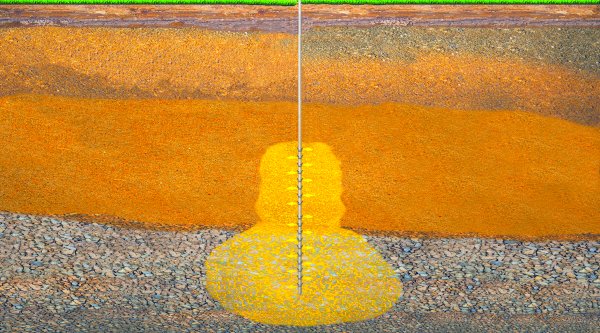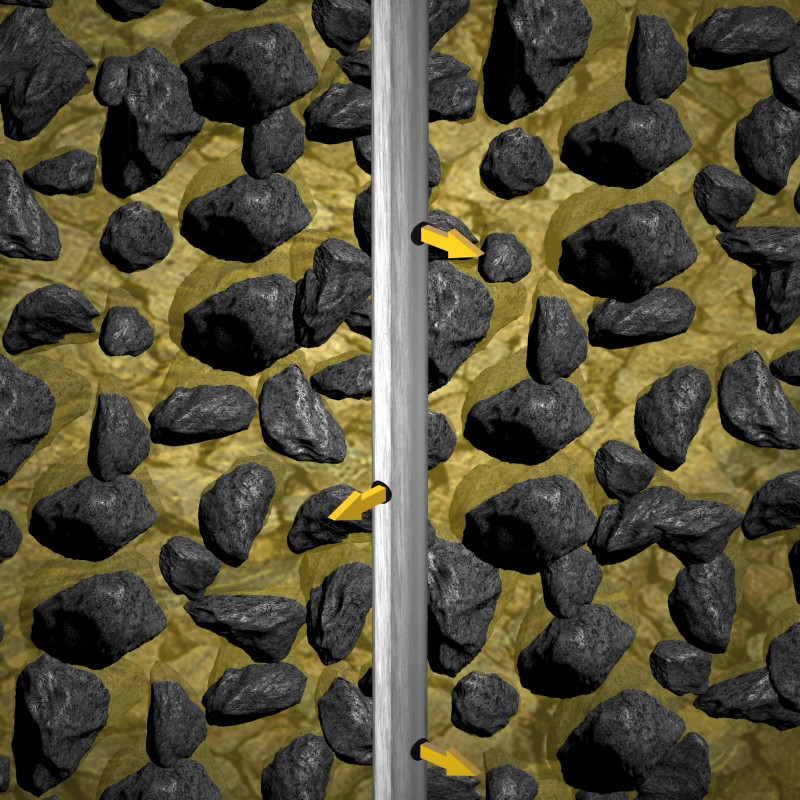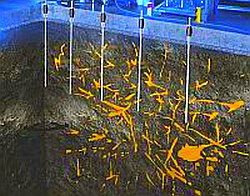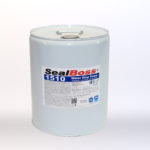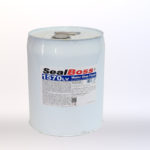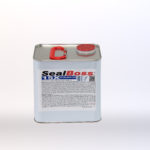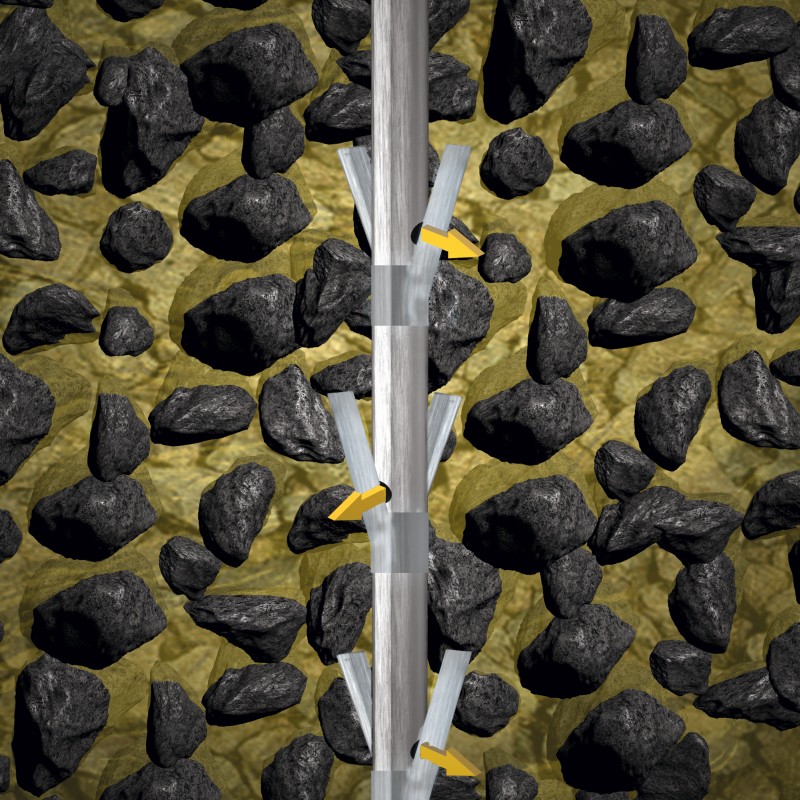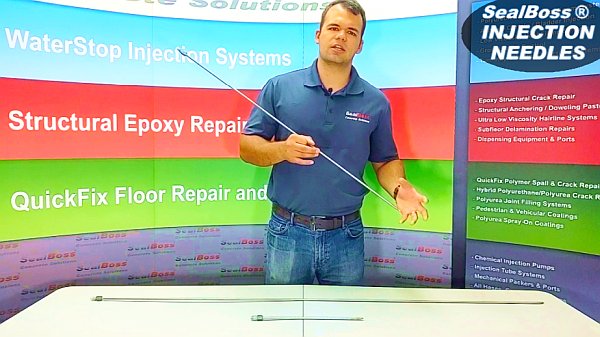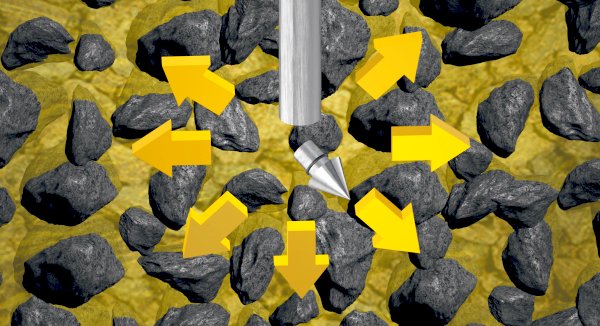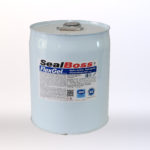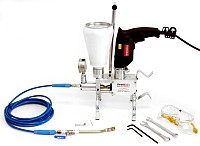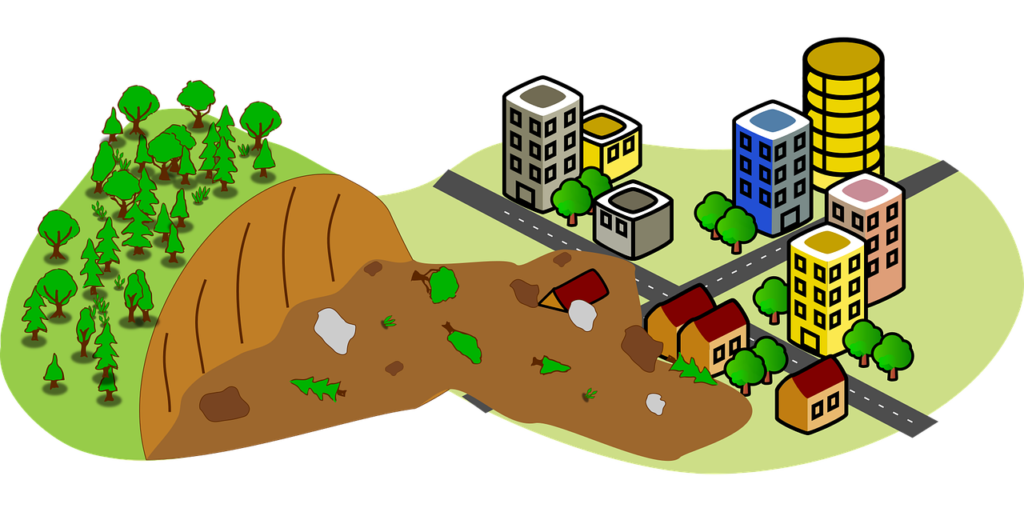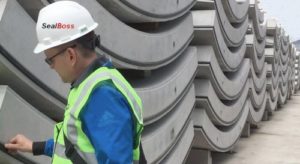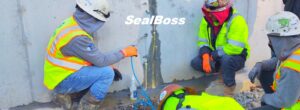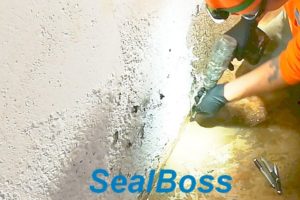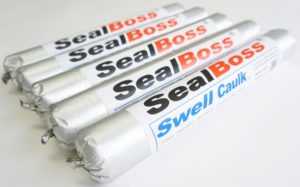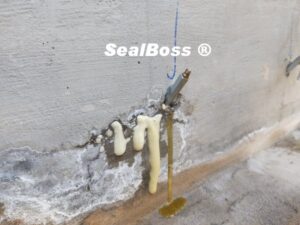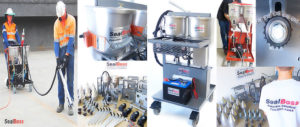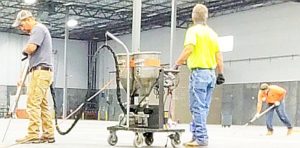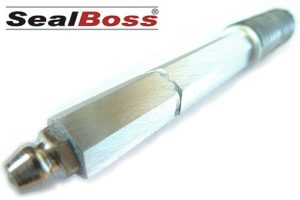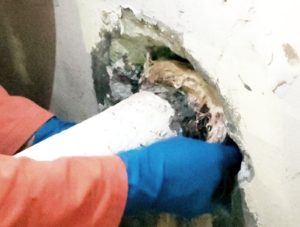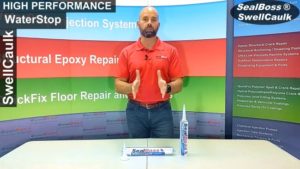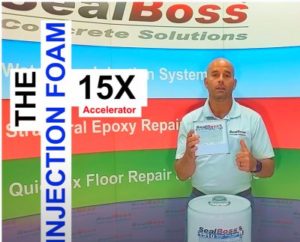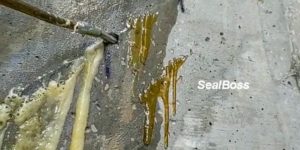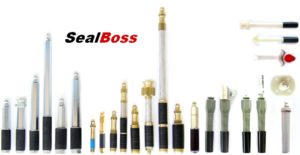Swimming Pool Soil Settlement
Soil Settlement effecting Swimming Pools – Overview:
Insight, Management, and Prevention
Swimming pools represent more than just a body of water; they are a symbol of luxury, a hub for family gatherings, a resource for physical fitness, and a sanctuary for relaxation. However, the sanctity and utility of this valuable asset can be jeopardized by soil settlement, a phenomenon leading to structural instability and potentially severe damage.
In this overview, we look at what leads to soil settlement near swimming pools and propose a noteworthy solution: the SealBoss Polyurethane Polymer Injection System.
Understanding Soil Composition and Settlement
Soil, an intricate composite of organic matter, minerals, gases, and liquids, showcases variations in characteristics such as density and stability. Soil settlement refers to the downward movement of the soil surface, triggered by alterations in the layers beneath. Several factors contribute to this process:
- Moisture Content: Excessive water can oversaturate the soil, diminishing its strength and compaction, which can be a result of heavy rainfall or inadequate drainage.
- Soil Types: Different soil types possess varying load-bearing capacities. Loose or sandy soils, under the burden of a swimming pool, can shift and settle over time.
- Inadequate Compaction: If the soil wasn’t adequately compacted during pool construction, it might settle over time, leading to depressions or gaps around the pool. Proper compaction is crucial during construction to prevent future settling issues, a step that some pool installers neglect, leading to inevitable settlement.
- Pool Leaks: Persistent water seepage from leaking pipes can erode the soil, leading to sinkholes in severe cases. Thus, prompt addressing of water leaks is essential.
- Insufficient Footings: Proper footings are necessary for supporting the pool deck’s load. Insufficient footings can lead to settlement issues.
- Improper Drainage: If the pool is installed lower than the surrounding land, proper drainage is crucial. Water accumulation can undermine the foundation and trigger settling issues.
Ramifications of Soil Settlement around Swimming Pools
The implications of swimming pool soil settlement are substantial and diverse:
- Structural Damage: The foremost concern with soil settlement is the potential for grave structural damage. Uneven ground can cause the pool to shift, crack, or in extreme cases, collapse.
- Aesthetic Implications: Soil settlement can create unattractive gaps or depressions around the pool, which can accumulate water, further escalating soil erosion.
- Safety Risks: Uneven surfaces and gaps around the pool can be tripping hazards, posing a significant risk to children and older individuals.
- Concrete Slabs and Pavers Settling: Soil issues can lead to settling concrete slabs and pavers around the pool deck. The necessary stabilization method will depend on the pavers’ base material.
The SealBoss Polyurethane Foam Injection System
Addressing soil settlement around swimming pools demands swift and effective solutions. The SealBoss Polyurethane Foam Injection System offers several advantages:
- Versatility: The system is compatible with a broad range of soil types and conditions, demonstrating its versatility in tackling soil settlement.
- Non-disruptive: The SealBoss system is minimally invasive, eliminating the need for excavation or heavy machinery and preserving the pool area’s aesthetics during the remediation process.
- Rapid Curing Time: The SealBoss polyurethane foam cures swiftly, reducing pool usage downtime considerably.
- High Expansion Ratio: The foam boasts a high expansion ratio, enabling it to fill considerable voids, compact and consolidate soil, and provide lift in areas where necessary.
- Durability: The SealBoss system ensures lasting stabilization, reducing the risk of future soil settlement.
Implementing the SealBoss System for Soil Settlement Management
Implementing the SealBoss Polyurethane Foam Injection System:
- Assessment: An exhaustive assessment is carried out to determine the extent of soil settlement and pinpoint areas needing remediation.
- Preparation: Injection points are strategically identified and prepared around the pool’s affected areas.
- Injection: Specialized equipment injects the SealBoss polyurethane foam into the soil. The foam expands, filling voids and lifting the settled soil.
- Observation and Adjustment: The process is closely monitored, with adjustments made as necessary to achieve optimal lift and stabilization.
- Final Inspection and Clean-up: Post-injection, a final inspection ensures the desired outcome has been reached. The injection points are then sealed, and the area is cleaned up, restoring the aesthetics of the pool area.
Preventive Measures Using the SealBoss System
While the SealBoss Polyurethane Foam Injection System provides an effective remediation solution, it can also serve a preventive role during pool installation:
- Pre-construction Assessment: A thorough analysis of soil conditions can help predict potential settlement issues, considering the soil type, load-bearing capacity, and moisture content.
- Soil Stabilization: The SealBoss system can stabilize the soil prior to pool installation, preventing soil settlement from the outset.
- Ongoing Monitoring: Regular checks can identify potential settlement issues early, allowing for prompt remediation using the SealBoss system.
In conclusion, soil settlement around swimming pools is a common issue that can lead to structural damage and safety hazards if left unaddressed. Comprehending the contributing factors is vital for prevention and remediation.
The SealBoss Polyurethane Foam Injection System offers a significant solution, contributing to versatile and reliable settlement management. Its application spans from post-settlement remediation to preventive measures, demonstrating its comprehensive utility in preserving the longevity and safety of your swimming pool.





























